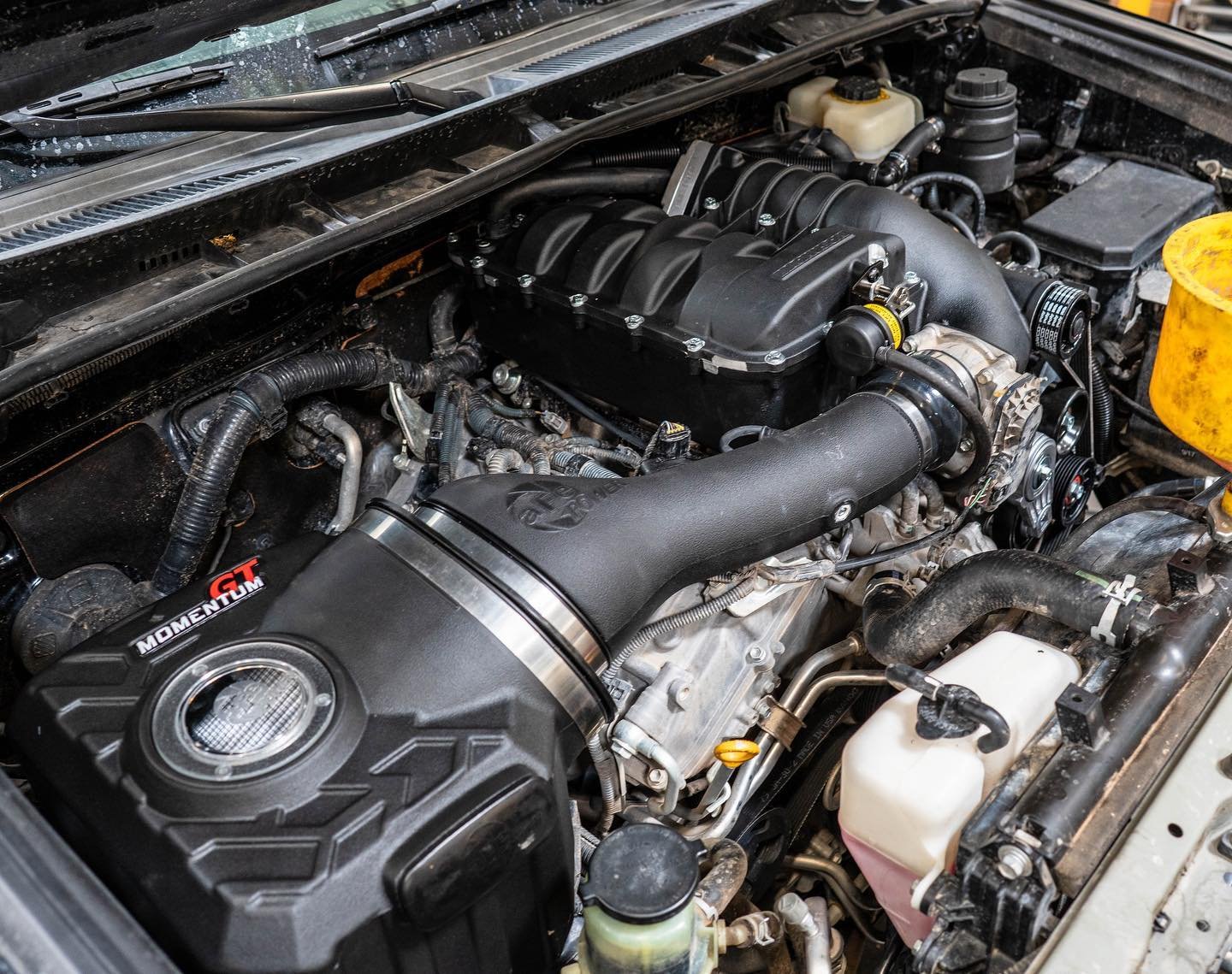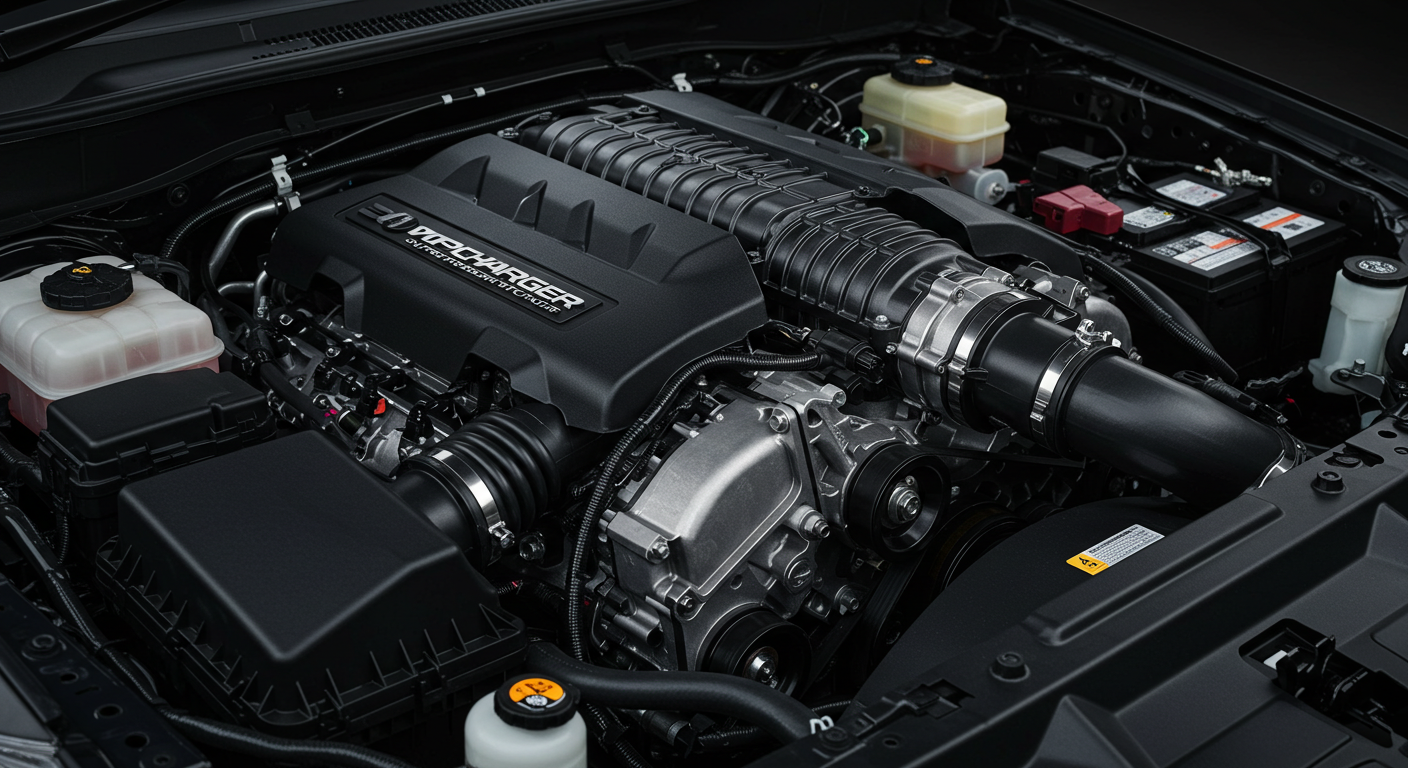Understanding the Importance of Winter Car Storage
As winter approaches, it is essential to consider the significance of winter car storage for the maintenance of your vehicle. Prolonged exposure to cold temperatures, snow, ice, and moisture can lead to several issues that may substantially compromise a car’s condition and performance. The harsh winter environment can cause various forms of damage that, if left unchecked, may be costly to repair.
One of the primary concerns associated with winter weather is the impact of freezing temperatures. Cold conditions can lead to battery failure, as vehicle batteries often struggle to perform in low temperatures. Moreover, engine fluids can thicken, resulting in suboptimal lubrication and increased wear on engine components. By utilizing proper winter car storage techniques, you can mitigate these risks and ensure that your vehicle remains in good condition.
Furthermore, snow and ice accumulation can create additional challenges. The weight of snow on a vehicle can damage sensitive components, while the formation of ice can lead to frozen locks and seals. Moisture is another crucial factor to consider; water can seep into various parts of the vehicle, potentially leading to mold and rust formation. Adequate winter car storage ensures that your vehicle is protected from these elements, preserving both its aesthetic and functional qualities.
Proper storage not only extends the lifespan of mechanical parts but also helps maintain the vehicle’s exterior paint and interior materials. A well-protected vehicle is less prone to the deterioration caused by road salt and grime, which can significantly affect its resale value. By prioritizing winter car storage, you are making a valuable investment in the longevity, performance, and appearance of your vehicle.
Preparing Your Vehicle for Winter Storage
As the winter months approach, properly preparing your vehicle for storage is crucial to ensure it remains in optimal condition. One of the first steps in this process is to thoroughly clean both the interior and exterior of the car. Washing the exterior removes dirt and grime, preventing any potential corrosion caused by road salt and moisture. Additionally, detailing the interior helps eliminate food particles that might attract pests during storage. It is advisable to vacuum and wipe down all surfaces, focusing on areas that are often overlooked.
Following the cleaning process, conducting essential maintenance checks is imperative. Begin by examining the battery, as cold temperatures can diminish its performance. If your battery is old or showing signs of weakness, consider replacing it before storage. Alternatively, you may also use a battery maintainer to keep it charged during the winter months. Next, inspect the fluid levels in your vehicle, including coolant, brake fluid, and windshield washer fluid. Topping off fluid levels can prevent deterioration or damage during the cold season.
Furthermore, special attention should be given to the fuel system. Filling the gas tank to near full can minimize condensation and reduce the risks of fuel line freezing. Adding a fuel stabilizer can also help preserve the fuel’s integrity for months at a time. Finally, performing an oil change is recommended, as old oil may contain contaminants that can harm the engine when left stagnant. By preparing your vehicle through these steps, you will significantly decrease the likelihood of experiencing issues when it is time to take it out of winter storage. Proper care now will ensure your vehicle remains reliable when the warmer months return.
Choosing the Right Storage Location
When it comes to winter car storage, selecting the appropriate location is paramount for ensuring your vehicle remains in optimal condition during the colder months. There are primarily two types of storage: indoor and outdoor, each with its unique advantages and drawbacks. Indoor storage is widely regarded as the better option, as it shields your vehicle from harsh weather elements such as snow, ice, and frigid temperatures. Moreover, it provides protection from potential harm caused by falling debris, as well as safeguarding against theft and vandalism.
Within the realm of indoor storage, there are several specific choices to consider. Garages are a popular option for many vehicle owners—the advantage being direct access to your vehicle whenever required, alongside a certain level of environmental protection. However, if space constraints are an issue, renting a space in a storage facility designed for vehicle storage becomes increasingly appealing. Facilities specifically tailored for winter car storage often include features such as climate control, which can help prevent rust and corrosion caused by fluctuating temperatures and humidity levels.
On the other hand, outdoor storage can sometimes be a viable option for individuals with limited resources or space. However, this approach lacks many benefits associated with indoor environments. Vehicles parked outdoors face exposure to extreme weather conditions—snow accumulation can lead to freezing issues, while constant exposure to rain can accelerate rusting. That said, if outdoor storage is the only option available, selecting a secured parking area is critical. It is advisable to use a high-quality car cover designed to tolerate winter weather, as this will provide some degree of protection from ice and debris.
Ultimately, the decision of where to store your vehicle should factor in aspects such as accessibility, security, and environmental safety. Evaluating these elements will assist in determining the most appropriate winter storage solution for your specific needs.
Protecting Your Vehicle from the Elements
Winter months can be especially harsh on vehicles, and it is crucial to take preventative measures to preserve your automobile during this season. One effective method is utilizing a high-quality car cover. A durable cover protects the vehicle from ice, snow, and freezing rain while shielding the paint from damaging UV rays. Selecting a breathable cover ensures there is no accumulation of moisture underneath, which could lead to corrosion or paint damage. Aim for a cover specifically designed for winter conditions to maximize its protective capabilities.
In addition to using a car cover, incorporating moisture-absorbing materials inside the vehicle can further safeguard it against winter’s adverse effects. Placing silica gel packs or desiccants in the cabin helps mitigate humidity levels, reducing the likelihood of mold growth on upholstery and unpleasant odors. For those who want to take additional steps, consider using a product designed specifically for car interiors that absorbs excess moisture, further fortifying your vehicle’s defense against winter dampness.
Proper ventilation plays an essential role in protecting your vehicle during the colder months. This can often be overlooked but is fundamental in preventing rust and mildew from developing in enclosed areas. Ensure that your car’s windows are slightly ajar or the cabin air filter is replaced regularly to maintain airflow. Moreover, leaving the door open occasionally to disperse any trapped moisture can be beneficial, especially after snow accumulation or heavy rainfall.
Ultimately, the goal is to create a comprehensive strategy for shielding your vehicle from winter elements. By integrating car covers, moisture-absorbing materials, and promoting ventilation, vehicle owners will be able to maintain their automobiles’ condition, enhancing longevity and performance even in the toughest weather conditions.
Maintaining Tire Health During Storage
Proper maintenance of your vehicle’s tires is crucial when considering winter car storage. Tires are one of the primary contact points between your vehicle and the road, and they require special attention to ensure they remain in optimal condition during extended inactivity. The foremost step in tire care is checking the tire pressure. Cold temperatures can cause tire pressure to decrease, leading to underinflation. It is advisable to inflate the tires to the manufacturer’s recommended pressure level, often found on the driver’s side door jamb. Maintaining proper tire pressure will support the tire’s structure and can prevent premature wear.
Another significant aspect is the use of tire jacks, especially if you plan to store the vehicle for several months. Lifting the car off the ground with appropriate jacks can prevent flat spots from forming. Flat spots occur when a vehicle remains stationary for an extended period, causing the weight to compress the areas of the tire in contact with the ground. By utilizing jacks, the tires experience less pressure during storage, thereby preserving their shape and integrity.
Additionally, rotating the tires while in storage can enhance their longevity. If feasible, consider rotating the tires every few weeks. This practice distributes the wear and minimizes the risk of developing flat spots or uneven wear due to the vehicle’s weight. Furthermore, if your vehicle is kept in a particularly harsh winter environment, covering the tires might limit exposure to the elements that can degrade rubber over time.
In summary, maintaining tire health during winter storage involves a few simple yet significant steps, including checking tire pressure, utilizing tire jacks, and rotating tires regularly. These measures will help preserve your vehicle’s tires and ensure a smoother experience when you take your car back on the road after winter.
Battery Care for Winter Storage
Proper battery maintenance is critical for ensuring that your vehicle remains operational when the winter months conclude. Cold temperatures can significantly affect battery performance, leading to issues such as slow starts or complete failure. One of the fundamental steps in battery care during winter storage is to regularly check the battery’s charge level. A fully charged battery is less likely to freeze and more capable of starting your vehicle after a period of inactivity. Aim to check the charge every month, particularly in areas that experience extreme winter weather.
Another effective method for protecting your battery during these colder months is the use of a trickle charger. This device provides a consistent, low-level charge to the battery, ensuring that it remains topped off during storage. It acts as a safeguard against the natural discharge that occurs over time, particularly in temperatures below freezing. When selecting a trickle charger, choose one specifically designed for your battery type, as this will enhance efficiency and safety.
If your vehicle will be stored for an extended duration, removing the battery altogether may be a worthwhile option. This practice is beneficial for both battery and vehicle protection, as it allows you to store the battery in a more controlled environment. Ensure that if you detach the battery, you clean the terminals to prevent corrosion and store it in a cool, dry place. Additionally, placing it on a non-conductive surface will mitigate the risk of accidental short-circuits. Implementing these battery care techniques will aid in preserving your vehicle’s overall functionality and prolong the life of the battery, making it ready for immediate use once winter storage ends.
Checking Fluid Levels and Condition
Proper maintenance of fluid levels is crucial for preserving your vehicle during winter storage. Various fluids play distinct roles in ensuring the overall performance and longevity of your vehicle. Primarily, coolant is essential for preventing the engine from freezing. A mixture of antifreeze and water safeguards your engine by lowering the freezing point of the coolant, so it’s imperative to check that this mixture is at the appropriate level and in good condition prior to storage. If necessary, consider replacing the coolant or topping it up to ensure optimal protection.
Additionally, the oil in your engine should be evaluated. During winter, oil can become thick or sludge-like, which may inhibit proper lubrication when the vehicle is started again. It is advisable to change the oil and replace it with fresh, high-quality oil. This preventive measure not only helps maintain engine health but also ensures your vehicle operates efficiently once it is back on the road.
Another important fluid to check is brake fluid. Moisture in brake fluid can cause corrosion over time, potentially leading to brake failure. Before storing your vehicle, inspect the brake fluid level and condition. If it appears dark or has absorbed moisture, it’s wise to perform a complete brake fluid flush to avoid problems when you reactivate your vehicle.
Lastly, don’t overlook transmission fluid, power steering fluid, and windshield washer fluid. These fluids are integral to your vehicle’s performance and safety. Ensure each is filled to the recommended levels, and replace any that fall below standards or appear contaminated. By paying attention to these fluid levels, you significantly enhance the chances of your vehicle remaining in optimal condition throughout the winter months.
Post-Winter Storage Preparations
As winter ends and the temperatures begin to rise, it is vital to prepare your vehicle for regular use once more. The first step is to conduct a thorough inspection to identify any potential damage sustained during the cold months. Checking for rust, especially in areas such as wheel wells and undercarriages, is crucial, given the moisture and road salt exposure. Furthermore, examining the tires for signs of uneven wear or low pressure is essential before resuming regular driving.
Next, performing necessary maintenance checks will ensure your vehicle operates at peak performance. This includes checking fluid levels, such as engine oil, transmission fluid, and coolant. A fluid flush and replenishment might be needed if the fluids appear dirty or have not been changed in some time. Additionally, inspect the battery, as the cold weather can affect its efficiency; consider cleaning the terminals and connections to enhance electrical performance.
Before hitting the road, warming up the engine is an important step that should not be overlooked. Doing so will not only allow the oil to circulate effectively, lubricating the engine components, but it also provides the vehicle with the necessary time to adjust to normal operating temperatures after being dormant. Especially during the initial drive, consider proceeding slowly to allow both the engine and the tires to reacclimate to driving conditions.
Last, road safety is paramount after a prolonged period of inactivity. Be mindful of changing weather conditions that may still arise during early spring. It is essential to remain vigilant for potential hazards such as oil slicks from melting snow or debris on the road. By following these steps, you can safely and effectively reintroduce your vehicle to regular use, prolonging its lifespan and ensuring a smooth driving experience.
Conclusion and Additional Resources
In conclusion, proper winter car storage is essential for preserving the longevity and performance of your vehicle during the harsh cold months. By understanding the importance of preparing your car for storage, you can mitigate potential damage caused by icy conditions, snow, and prolonged inactivity. Key practices such as cleaning your vehicle, checking fluid levels, and utilizing a vehicle cover can significantly enhance its resilience against winter’s challenges.
Additionally, having a detailed pre-storage checklist will ensure that no critical steps are overlooked. This includes addressing battery health, tire maintenance, and removing any perishables or valuables from inside the vehicle. Each of these actions plays a crucial role in safeguarding your car against corrosion, frozen fluids, and other winter-related issues.
For those interested in further enhancing their understanding of winter vehicle care, various resources are available. Websites dedicated to automotive maintenance often provide in-depth articles on winterizing techniques. Local automobile clubs and forums can also offer a wealth of knowledge as members share their experiences and tips regarding winter car storage.
If you require assistance, seeking out reputable storage facilities in your area can provide you with a safe environment for your vehicle during the winter months. Additionally, professional maintenance services can perform a comprehensive check-up and prepare your car for the off-season effectively. Finally, consider investing in high-quality vehicle care products specifically designed for winter, such as antifreeze, battery maintainers, and protective waxes, to further ensure your car remains in optimal condition.
By taking these steps and utilizing available resources, you can enjoy peace of mind knowing that your vehicle will be ready for action when the winter season comes to an end.









